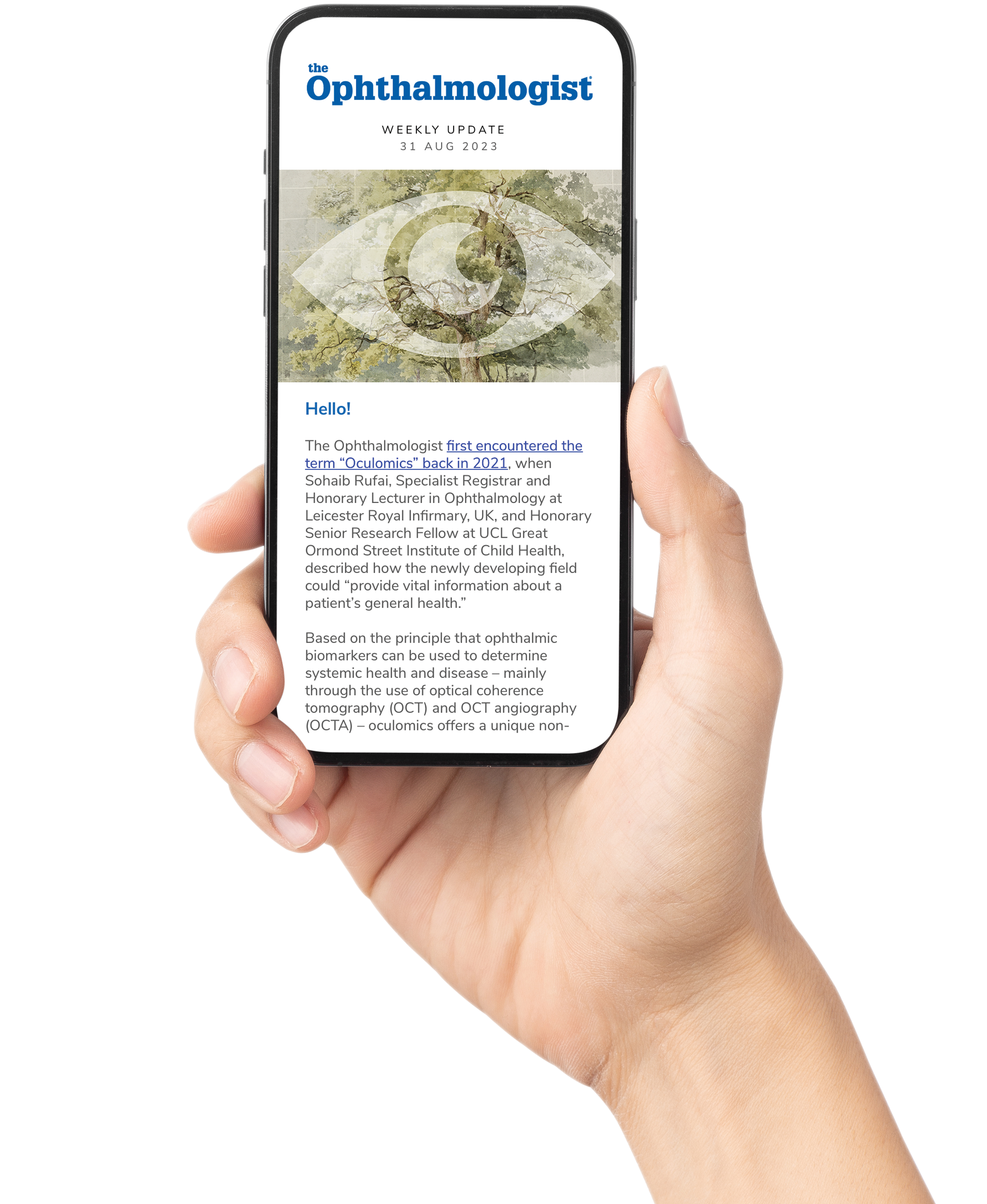Optegra Eye Health Care is launching drop-free cataract surgery for all NHS patients across all its hospitals and clinics, giving patients the option of an injection during their procedure so they don't need to apply several different types of drops at various times of day for four weeks.
Mr. Alastair Stuart, UK Medical Director and Consultant Ophthalmic Surgeon at Optegra, has led this transformation and improvement to the NHS cataract surgery patient pathway. “For many years now we have been providing high-volume cataract surgeries for the NHS with the lowest complication rates, but we don’t want to stand still," he said.
“For many of our patients over the years, [the] feedback has been that the intense drop regime post-surgery, some of which can sting, has been more challenging than the actual treatment itself" he continued. "Traditional drops provide antibacterial, anti-inflammation and lubricating properties, but the four sets of drops, some three times a day, some four times a day, are a great challenge for people to remember – and a significant inconvenience for four weeks. Added to this, some patients find the act of applying drops very challenging and even need a family member or friend to be available four times a day to apply them."
Optegra has drawn on research with 69,832 patients, where dropless outcomes revealed a lower risk of macular edema compared to patients having traditional drops (1).
Surgeon Sarah Maling, Consultant Ophthalmic Surgeon at Buckinghamshire Healthcare NHS Trust and a strategic advisor for Optegra, commented: “This advance is a significant improvement in the quality of care as well as the experience itself for patients and I welcome this launch across all of Optegra’s NHS hospitals and clinics.”
Optegra has vastly increased its cataract care in recent years. Prior to COVID-19, it performed 3,000 NHS cataract operations. Last year, over 50,000 treatments were delivered in the UK and Optegra invested in new infrastructure to meet patient need. It has 19 dedicated cataract clinics around the UK.
Reference
1. “Injection of 0.4 ml TA (Kenalog) 10 mg/ml (4 mg) in the subconjunctival space 6 to 8 mm inferior to the inferior limbus at the conclusion of phacoemulsication cataract surgery was associated with lower odds of a diagnosis of postoperative ME and similar odds of a glaucoma-related event, including IOP rise, compared with topical PA with or without NSAIDs.” American Academy of Ophthalmology, October 2024. https://doi.org/10.1016/j.ophtha.2024.03.025
1. “Injection of 0.4 ml TA (Kenalog) 10 mg/ml (4 mg) in the subconjunctival space 6 to 8 mm inferior to the inferior limbus at the conclusion of phacoemulsication cataract surgery was associated with lower odds of a diagnosis of postoperative ME and similar odds of a glaucoma-related event, including IOP rise, compared with topical PA with or without NSAIDs.” American Academy of Ophthalmology, October 2024. https://doi.org/10.1016/j.ophtha.2024.03.025
